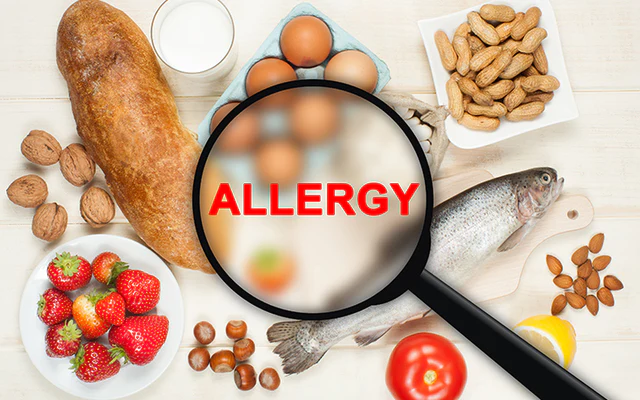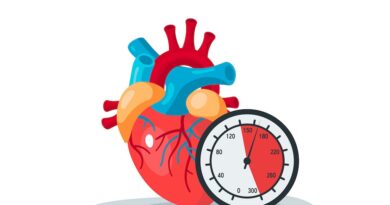Allergies – Causes,Symptoms & Treatment
An ‘allergy’ can be described as sensitiveness of the body to a substance which does not normally affect other persons. There are innumerable substances in the environment which can cause mild to violent reactions in many people. These reactions range from true allergies due to intolerance of certain foods and substances, to those resulting from pollution.
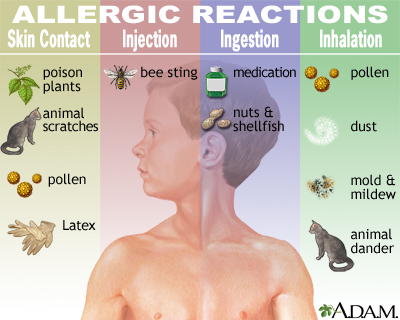
Which parts of body are most effected by allergies ?
Almost any part of the body can be affected by allergies. The portion of the body which is affected is called a shock organ. Common sites are the nose, eyes, skin, chest, intestines and ears. Allergic reactions may occur within a few minutes of the patient coming in contact with the allergen, or they may be delayed for several hours or even several days.
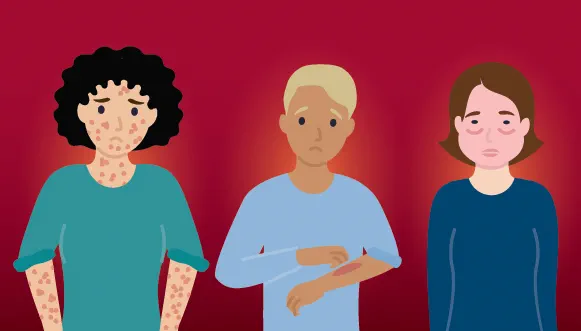
What all substance cause allergies ?
Allergic reactions are caused by a wide range of substances and conditions.These include pollen, dust, cosmetics and animal hair; poisonous plants, serums, vaccines and drugs; physical agents such as heat, cold and sunlight; as well as a variety of foods. Among the numerous allergens in the food department, the more common ones are oranges, milk, eggs, wheat, fish, chocolates, cabbage, potatoes, tomatoes and strawberries.
Symptoms
The symptoms of allergy are as varied as the substances causing the reaction. These include recurring headache, migraine, dizziness, irritability, nervousness, depression, neuralgia, sneezing, conjunctivitis, diabetes, eczema, heart-burn, hay fever, indigestion, constipation, diarrhoea, gastric ulcer, asthma, overweight, high blood pressure, chest pain, heart attacks, a stuffy or runny nose, shortness of breath, swelling of the face and eyes etc. The same food can cause different symptoms in different people. Many allergies are multiple and may be caused by multiple allergens.
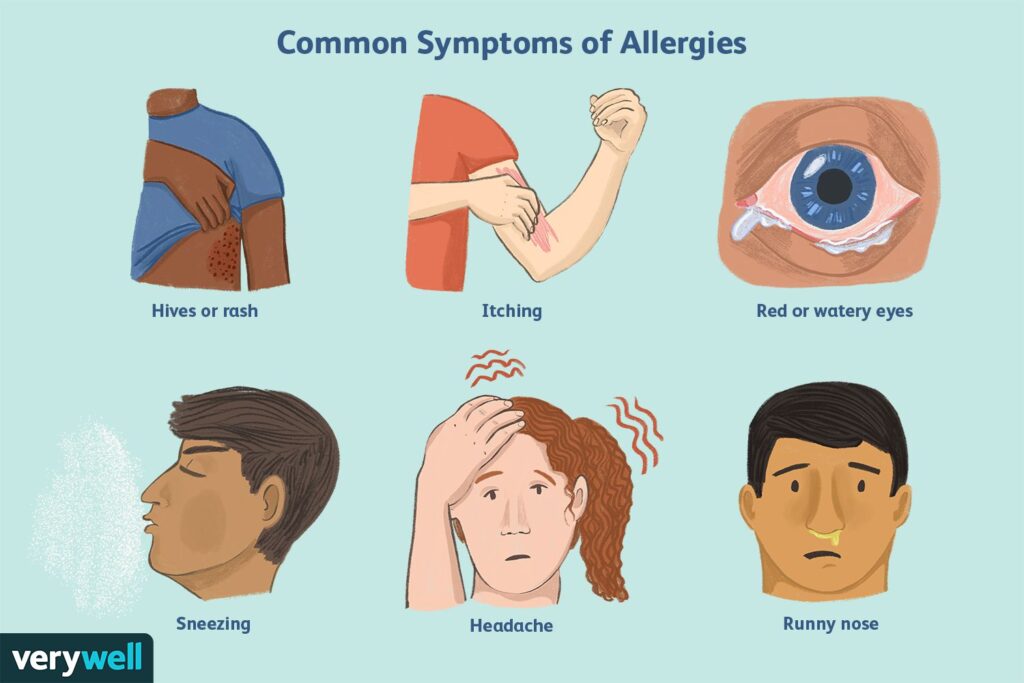
Causes
Allergy is an indication of lowered resistance and internal disharmony caused by dietetic errors and faulty style of living. It is believed that the major cause of allergy is feeding babies such foods as cereals, meat, corns, whole milk etc. Before they reach the age of 10 to 12 months. These foods cause allergic reactions as babies lack the proper enzymes needed for their digestion before that age. Babies should be breast-fed for at least eight months as this is nature’s way of providing all the required nutrients during this period.
Another important cause of allergy is today’s processed foods loaded with numerous chemical additives, many of which cause powerful reactions. An allergic condition can result from diet imbalances. There can be a breakdown in the body’s ability to handle sugar due to excessive intake of refined sugar and consequent blood sugar irregularities, or mineral and vitamin imbalances due to defective dietary patterns.

Emotional and psychological stress can also lead to allergies. A person through chronic stress, become sensitive to common foods or commonplace substances like petrol fumes.
Treatment
There are various ways to tackle many of the allergic disturbances. First, the sources must be identified. This is difficult but not impossible task. Second, once the sources are discovered, they should be avoided. Third, the most important, general health and resistance should be built up to establish immunity to them.
- Detection
There are two ways to detect disturbing foods. The first method is the trial-and-error elimination diet. This automatically eliminates many hazards and foods. After having eliminated as many disturbing factors as possible, a self-search should be carried out to ascertain any suspicious symptoms from foods.
Another way to detect the cause of allergy is by Dr. Coca’s “pulse test”. The method is as follows : Check your pulse before meal. Then limiting that meal to one food only, wait for half an hour after eating and take your pulse again. A slight increase is considered normal, even upto 16 extra beats. If your pulse doesnot rise above 84, you may be allergy-free. But if your pulse rises beyond that point, and remains high an hour after the meal, you have found your allergy.
- Prevention
The best way of prevention is to strengthen the overall physical resistance so as not to fall an easy prey to every allergen that comes along. To start with, the patient should fast on fresh fruit juices for four or five days. Repeated short juice fasts are likely to result in better tolerance to previous allergies. After the fruit juice fast, the patient can take a mono diet of vegetables or fruits such as carrots, grapes or apples, for one week. After that one more fruit is added to the mono diet. A week later the third food is added and so on. After four weeks, the protein foods can be introduced, one at a time. In case an allergic reaction to a newly introduced food is noticed, it should be discontinued and a new food tried. In this way all real allergens can be eventually eliminated from the diet.
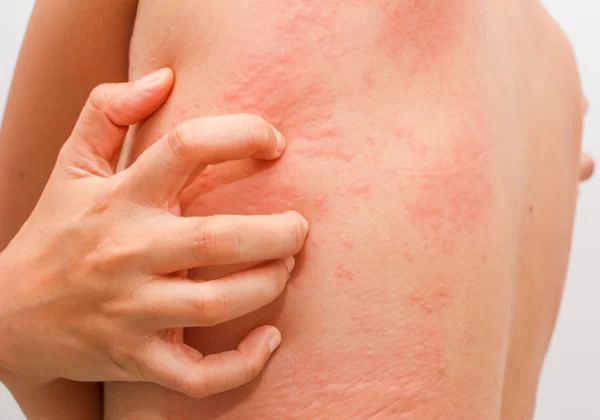
Boosting the normal body reserve of alkalines by liberal use of alkaline forming foods is essential for those suffering from allergies. The body requires a large alkaline reserve for its daily activity. The many emergencies of acid formation through the day from wrong foods, fatigue, mental stress and lack of sleep can be met by the competency of the alkaline reserves.
The foods which should be excluded from the diet are tea, coffee, chocolate, cola drinks, alcohol, sugar, sweets and food containing sugar, refined cereals, meats, fish, chicken, tabacco, milk, cheese, butter, smoked, salted, pickled foods and foods containing any chemical additives, preservatives and flavoring. These foods cause either toxic accumulations or over-stimulation of adrenal glands or strain on pancreatic enzyme production or disturb the blood sugar balance.
For preventive purposes, the entire C complex vitamins – known as the bioflavonoids, are recommended. They gradually strengthen call permeability to help immunise the body from various allergies, especially hay fever. An adequate intake of vitamin E is also beneficial as this vitamin possesses effective anti-allergic properties, as some studies have shown.
For allergic conditions in which an element of stress is present, it is essential to employ such methods as relaxation, exercise, meditation and mind control. These methods will reduce or remove stress and thereby contribute towards the treatment of allergies. Yogic asanas like yogamudra ardhmatsyendrasana, sarvangasana, shavasana and anuloma-viloma, pranayama are also beneficial.

